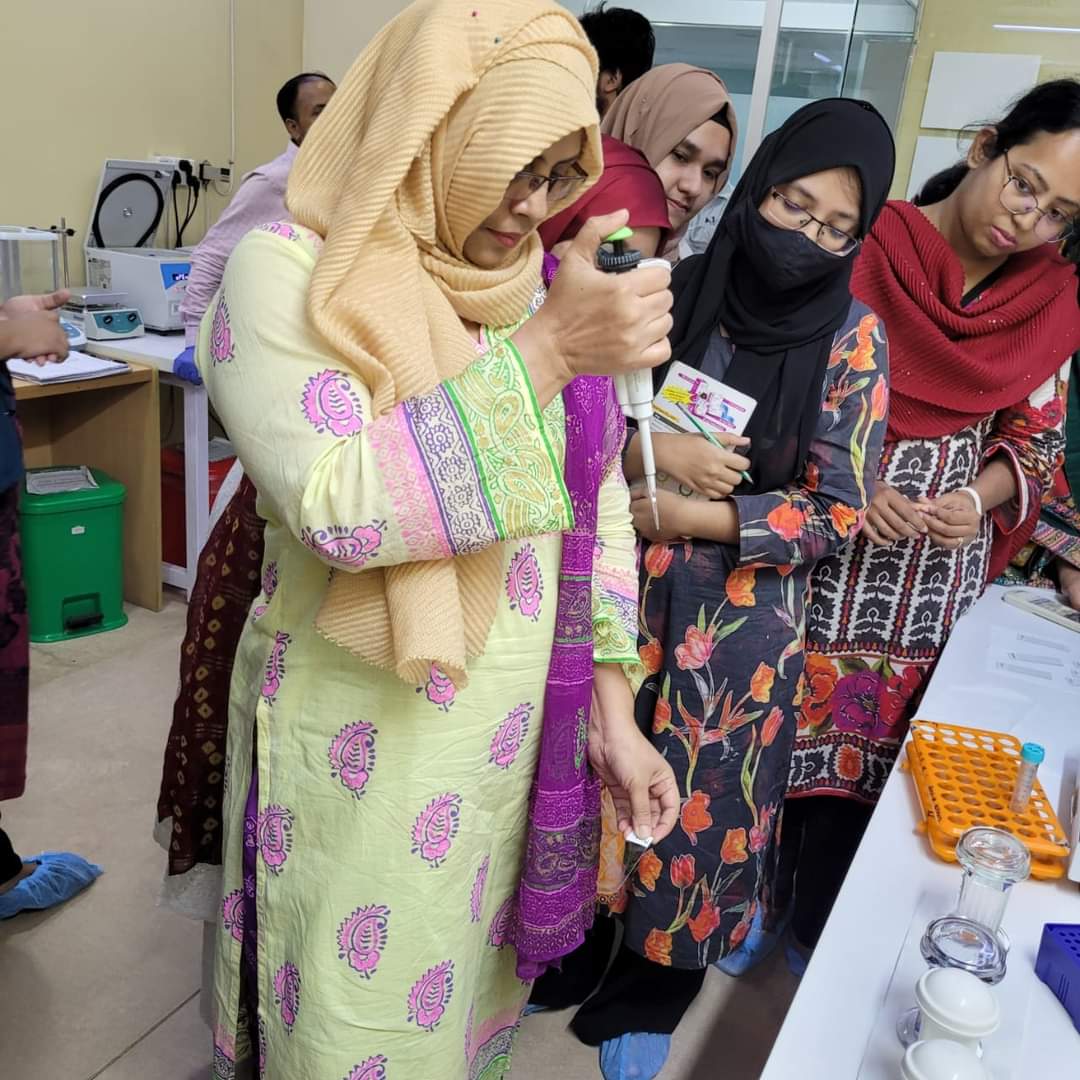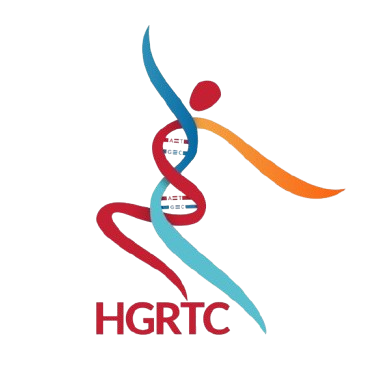
Bridging the Gap Between Classroom and Clinic in Genetic Education
Bridging the Gap Between Classroom and Clinic in Genetic Education The effectiveness of genetic education lies in its ability to translate theoretical knowledge into practical applications, particularly in the clinical setting. A significant challenge in genetic education is bridging the gap between classroom learning and real-world clinical practice. This essay will explore strategies to address this gap and ensure that genetic education is relevant, impactful, and prepares students for successful careers in healthcare. 1. Early Clinical Exposure: Integrated Curriculum: Incorporate clinical experiences into the genetic curriculum from early stages. This could involve visits to genetics clinics, observation of patient consultations, or participation in simulated clinical scenarios. Mentorship Programs: Pair students with genetics professionals for mentorship opportunities, providing guidance and real-world insights. 2. Problem-Based Learning (PBL): Real-World Cases: Present students with real-world genetic cases that require them to apply theoretical knowledge to diagnose, treat, and counsel patients. Collaborative Learning: Encourage group work and discussion to foster critical thinking and problem-solving skills. 3. Simulation and Virtual Reality: Realistic Experiences: Utilize simulation tools and virtual reality to create immersive clinical experiences, allowing students to practice skills in a safe and controlled environment. Scenario-Based Learning: Develop scenarios that mimic common genetic challenges, such as genetic counseling, interpreting genetic test results, or managing genetic disorders. 4. Community-Based Learning: Public Health Initiatives: Engage students in community-based projects related to genetic health, such as genetic screening programs or educational campaigns. Interprofessional Collaboration: Foster collaboration with other healthcare professionals to understand the broader context of genetic care. 5. Longitudinal Clinical Experiences: Rotations: Provide students with opportunities for extended clinical rotations in genetics clinics or related specialties. Case Follow-Up: Encourage students to follow patients over time to observe the impact of genetic interventions and counseling. 6. Technology-Enhanced Learning: Online Resources: Utilize online databases, genetic counseling tools, and virtual patient simulations to supplement classroom learning. Mobile Apps: Develop mobile apps that provide quick access to genetic information, guidelines, and decision-making tools. 7. Assessment of Clinical Competence: Objective Structured Clinical Examinations (OSCEs): Use OSCEs to assess students' ability to apply genetic knowledge in simulated clinical scenarios. Portfolio Assessment: Require students to maintain portfolios documenting their clinical experiences and demonstrating their growth in clinical skills. By implementing these strategies, genetic education can be more effectively aligned with clinical practice, equipping students with the knowledge, skills, and confidence to provide high-quality genetic care. Bridging the gap between classroom and clinic is essential for ensuring that genetic education is relevant, impactful, and prepares students for successful careers in healthcare. we can harness the power of these fields to address pressing global challenges and improve the quality of life for all.
